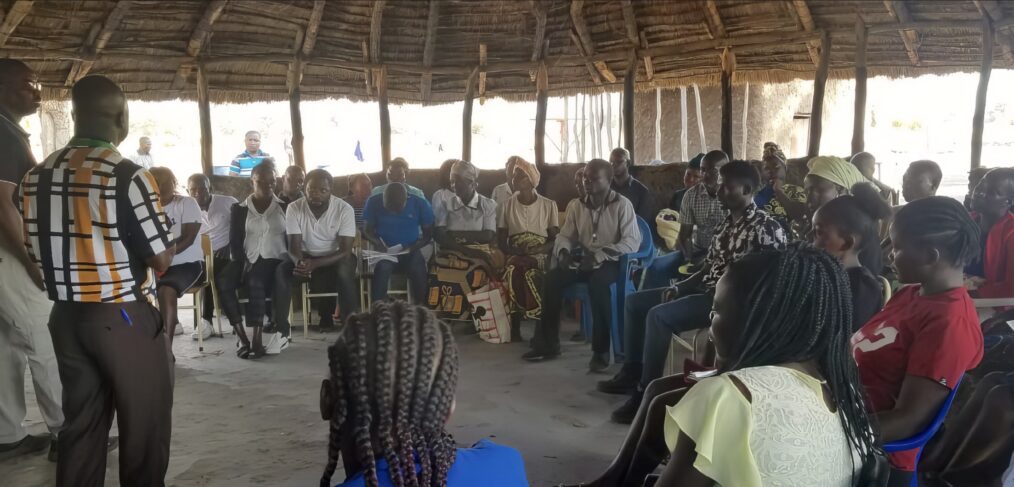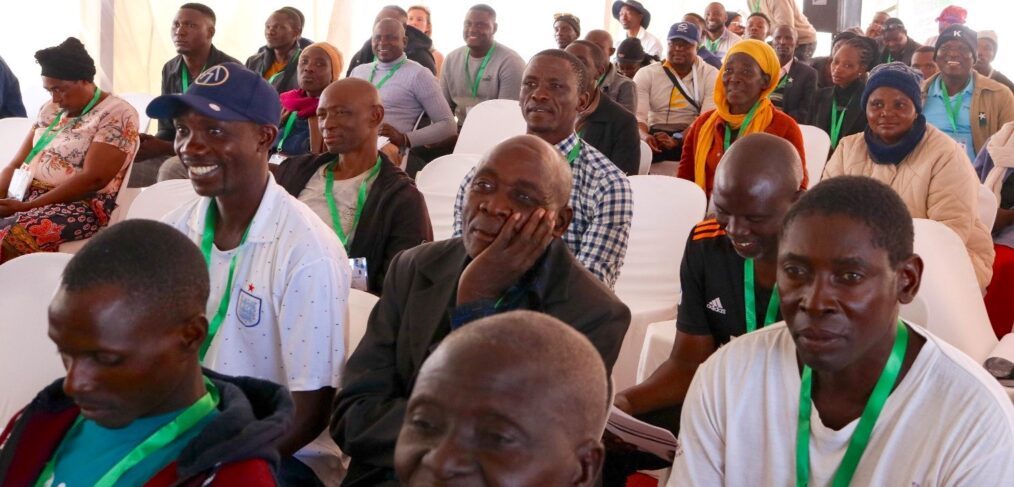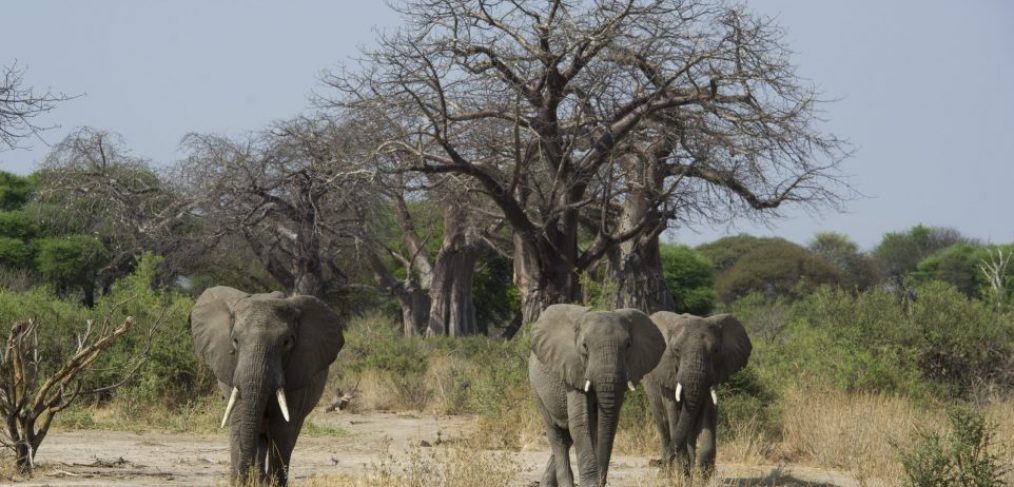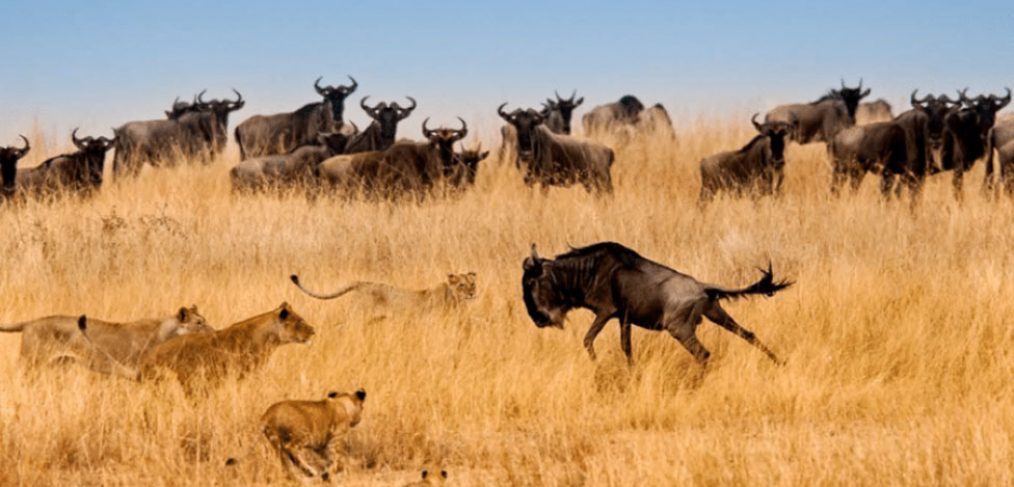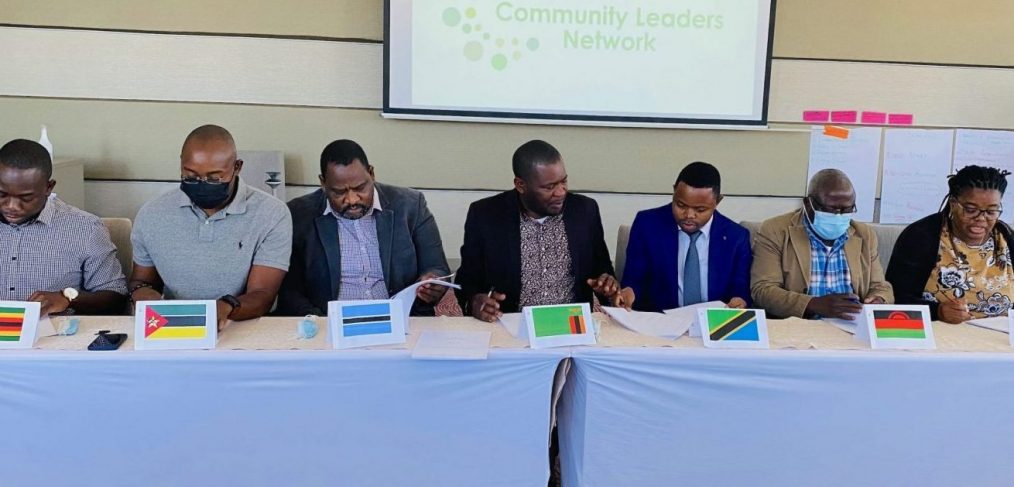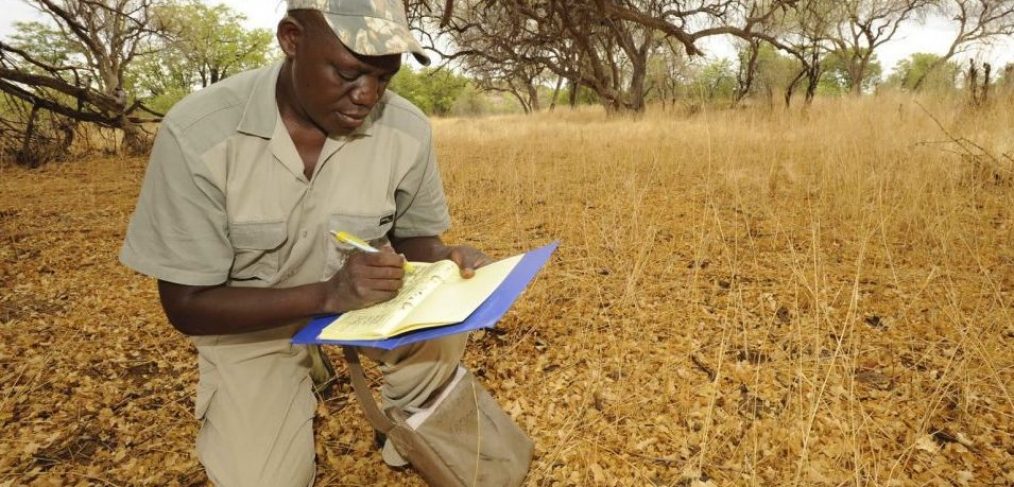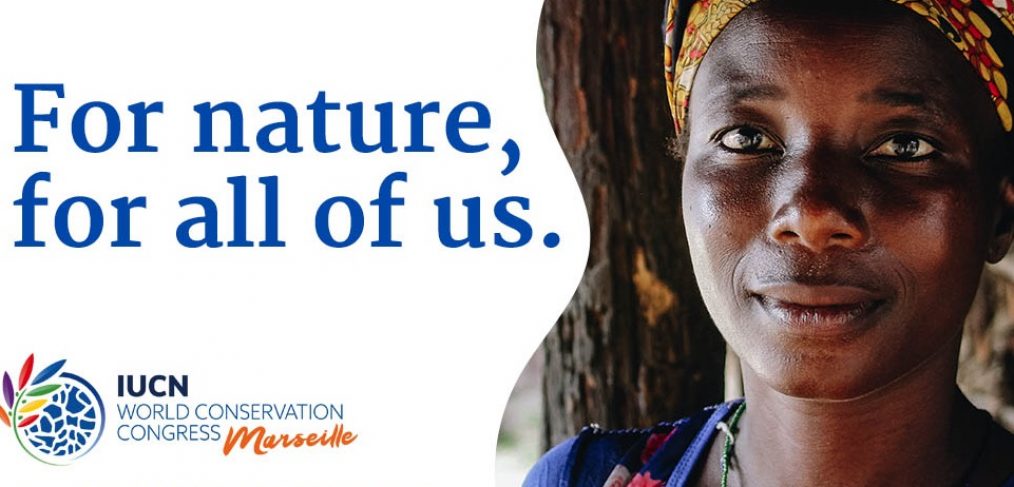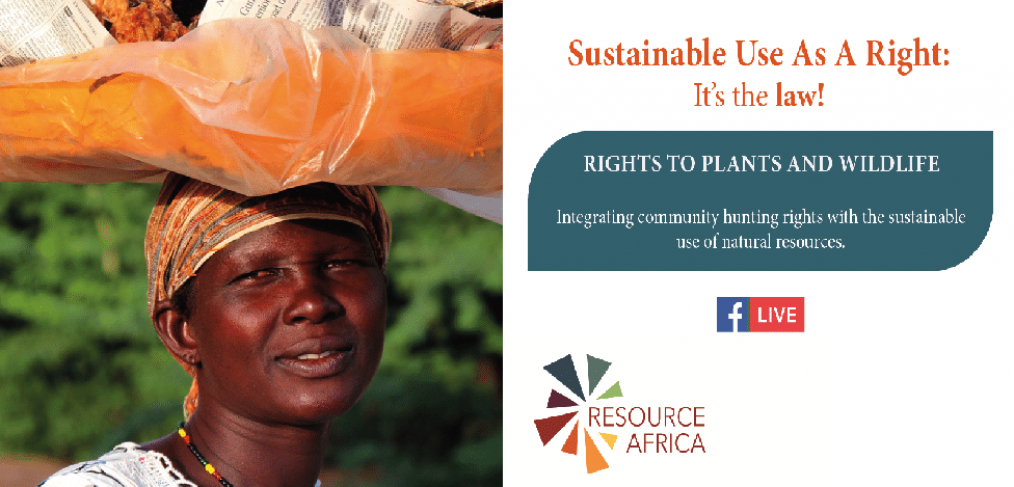Luengue-Luiana National Park in Angola is part of the Kavango-Zambezi Trans-frontier Conservation Area (KAZA TFCA) that covers parts of five African countries (Angola, Botswana, Namibia, Zambia and Zimbabwe). This Park covers 22,610 km², and is patrolled by government rangers and 27 community game guards trained by ACADIR-Angola. This national park is not exclusively for animals, however, as 49,300 people currently live within its boundaries. In line with the other KAZA TFCA countries, Angola wants to develop a wildlife economy that will support people and wildlife living in this landscape.
Community conservation efforts in Southern Africa started in the 1980s and have since taken slightly different paths towards including rural communities in the wildlife economy and nature conservation. Over the years there have been some exchange visits and other events to increase communication among the community conservation stakeholders in these countries, but such opportunities remain rare.
While a UK bill to ban the import of hunting trophies enjoys popular support there, rural Africans directly affected by such decisions are voicing opposition.
“We depend on generating income from elephant hunting which we invest back into the conservation of the species. If we stop hunting elephants, poaching will rise because the conservancy will not have any income to contribute the livelihood of its community.
The Conventional on Biological Diversity (CBD) NGO Parallel Forum in Kunming was held September 27 – 28. This was a unique opportunity for NGOs
Founder members of the Community Leaders Network of Southern Africa (CLN) met in Namibia’s capital city, Windhoek at Avani Hotels from 18-22 October to formalize the network.
An article submitted by the Namibian Association of CBNRM Organisations (NACSO) was published in The Namibian on 7 October 2021. The article is based on a broader research piece, published here:
In a report this week the International Council for Game and Wildlife Conservation (CIC) states: “As an IUCN member, the CIC wants to ensure that there are positive outcomes going forward for sustainable use,
Resource Africa (RA) recently launched a policy position paper entitled Indigenous Flora and Fauna, African Resources for African People, wherein we argued for the inclusion of the sustainable use of wildlife into the UN Convention of Biological Diversity’s (CBD) Nagoya Protocol.
The post-2020 Global Biodiversity Framework (GBF) currently being negotiated seeks to transform society’s relationship with biodiversity, including a much bigger role for protected and conserved areas (PCAs).

